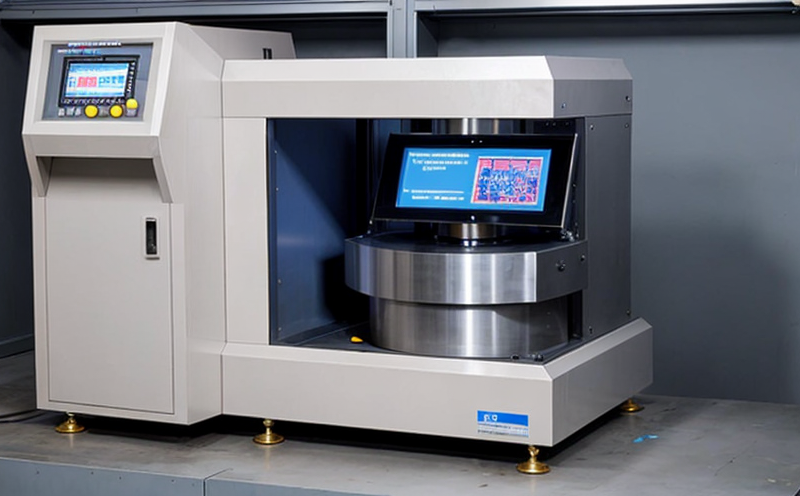ISO 14253-2 Dimensional Uncertainty Testing
The ISO 14253 series of standards provides guidelines on dimensional metrology for additive manufacturing and 3D printing. Specifically, ISO 14253-2 focuses on the determination of dimensional uncertainty in additive manufacturing processes. This service is crucial for ensuring that parts produced by AM technologies meet the required specifications with high precision.
The process involves a series of measurements and calculations aimed at quantifying the uncertainties associated with the final dimensions of 3D-printed components. These uncertainties can arise from various sources, including layer thickness, build orientation, and post-processing steps. Understanding these uncertainties is essential for quality control and compliance with industry standards.
Our laboratory uses advanced metrology equipment to perform these tests. The testing process typically involves several key steps:
- Preparation of Test Specimens: We create specimens that are designed to represent the typical geometry and material properties used in your additive manufacturing processes.
- Metrology Setup: Using precision measurement instruments, we set up our testing environment to ensure accurate measurements. This includes calibrating our equipment according to ISO standards.
- Data Collection: High-precision measurements are taken at multiple points on the specimen using coordinate measuring machines (CMMs) and laser scanning systems.
- Uncertainty Analysis: After data collection, we analyze the results to determine the dimensional uncertainty. This involves statistical methods to account for various sources of error.
The final step is reporting the findings in a comprehensive manner that includes all relevant parameters and uncertainties. This report can then be used by your team to improve processes or meet regulatory requirements.
Understanding dimensional uncertainty is particularly important in sectors such as aerospace, automotive, and medical devices where precision is paramount. By partnering with us for ISO 14253-2 testing, you ensure that your additive manufacturing processes are optimized for quality and reliability.
Industry Applications
The application of ISO 14253-2 dimensional uncertainty testing is broad across various industries. Here are some key areas:
- Aerospace Industry: Ensuring that parts meet stringent specifications for safety and performance.
- Automotive Sector: Quality control to ensure components fit correctly within assemblies.
- Medical Device Manufacturing: Compliance with FDA and other regulatory bodies requiring precise measurements.
- Consumer Goods Industry: Ensuring product dimensions align with design specifications for functionality and aesthetics.
In each of these industries, the precision and repeatability of additive manufacturing processes are critical. By leveraging ISO 14253-2 testing, manufacturers can ensure that their products meet not only dimensional requirements but also those related to quality assurance and regulatory compliance.
International Acceptance and Recognition
The standards developed under the ISO 14253 series are widely recognized in the international community for their reliability and consistency. The testing protocol specified in ISO 14253-2 is accepted by regulatory bodies around the world, including those governing aerospace, automotive, and medical industries.
By adhering to these standards, companies can demonstrate that their products meet global quality benchmarks. This not only enhances marketability but also facilitates smoother international trade processes. Many leading organizations in additive manufacturing have embraced this standard as part of their quality assurance programs.
Use Cases and Application Examples
- Aerospace Component Fabrication: Ensuring that parts like turbine blades or engine components fit precisely within assemblies, reducing the risk of mechanical failure.
- Automotive Parts Manufacturing: Verifying that custom parts such as engine blocks or transmission cases are manufactured to within specified tolerances.
- Medical Device Production: Guaranteeing that implants and prosthetics are accurately sized for patient-specific needs, enhancing surgical outcomes.
- Consumer Electronics Assembly: Ensuring the precise fit of components in complex assemblies like smartphones or wearables.





